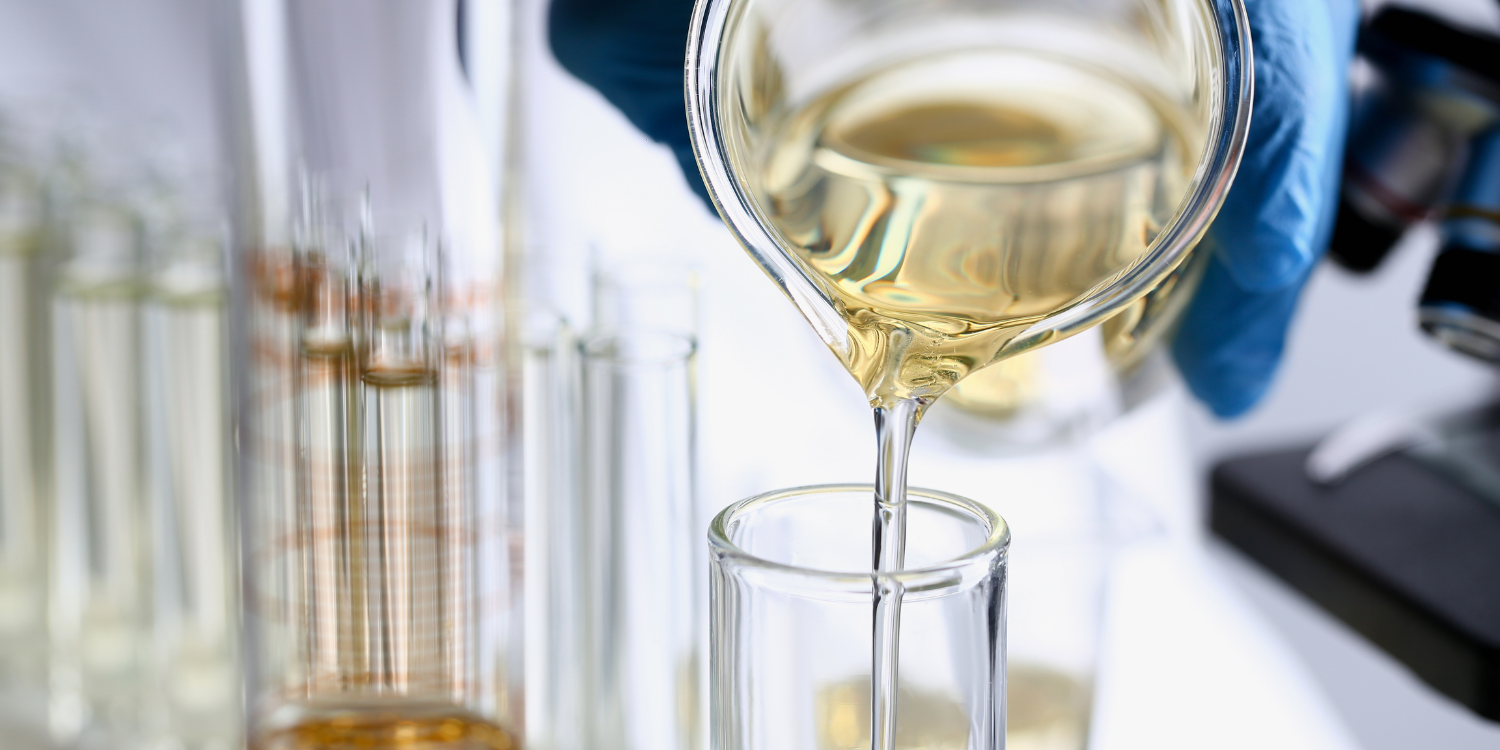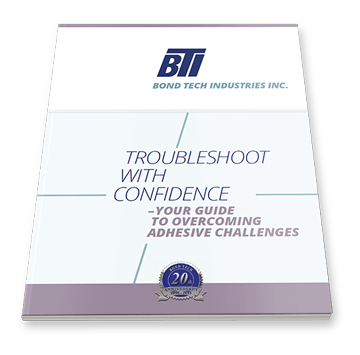
At Bond Tech Industries, we’ve noticed the industrial adhesive product industry continues to experience a trend away from low-cost natural materials for glues toward synthetic adhesives.
The trend is driven by improvements in adhesive technology for improved bonds with more substrate types as well as the need to meet strict environmental regulations.
New environmentally compatible adhesives, solvents, and improved manufacturing processes have made great strides in this regard.
Environmentally Friendly Adhesives
The production of new, environment-friendly, synthetic adhesive products has focused primarily on lowering overall solvent content while simultaneously lowering solvent emissions. The demand for higher solids content glues is increasing while natural adhesives growth is generally lagging.
So-called “green” glues with superior mechanical strength that are process-friendly continue to reach the industrial market:
- Two-part, room-temperature epoxies
- Clear, single part silicone based systems
- UV curable, low-viscosity adhesives
- Water-based glues with novel ingredients such as polyurethane foam, latex foam, fibers from polyester, plastic, wood, rubber, jute and metal. These contain no solvents.
- Low VOC, solvent-free hot melt glues
Zero-solvent adhesives are finding increased application in construction applications, flooring, caulking, sealants, and specialty glues.
Requirements for Green Solvents
Meeting process requirements such as toxicity, flammability and acceptable drying times, while at the same time complying with environmental regulations, is challenging to say the least.
These requirements must be met by the adhesive and by application processes such as substrate cleaning.
Improper substrate preparation significantly reduces adhesion properties and impacts product life.
Re-purposed and new cleaning solvents balance process time and costs versus environmental effects.
Environmental compatibility also includes new methods for solvent handling, storage and disposal in an environmentally compatible manner.
Interested in learning more about green solvents and if they are the right solution for you? Contact us today and one of our experts would be happy to help!

New Green Solvents on the Rise
Previously industry standard, high VOC solvents, such as:
- 1,1,1-trichoroethane
- Methyl ethyl ketone
- Freon 113
Have been replaced by detergents, soaps and other less expensive, easy-to-handle, low VOC solvents. These mostly fall into two categories: aqueous cleaners and non-chlorinated solvents.
Aqueous Cleaners
This class of solvent includes three types based on their acidity level:
- Acidic – These are effective for oxide removal on metals. They include phosphoric, hydrochloric, citric and hydrofluoric acids.
- Neutral – Silicates work well for cleaning aluminum but are too harsh for brass and copper.
- Alkaline – Caustic solvents such as sodium hydroxide and potassium hydroxide are used on steel, but not aluminum. They remove scale, rust and heavy oil.
Non-Chlorinated Solvents
This class of solvent is intended to achieve the process advantages of chlorinated solvents without the environmental hazards, although they have some process disadvantages:
- Acetone, mineral spirits and terpenes are common solvents in this class. They function well and provide reliable service but are flammable and have variable drying times.
- Methyl siloxanes and oxygenated solvents, such as HCFS, are good for removing silicone oils but are flammable.
- Halogen-based solvents, in particular fluorine, have reduced flammability, low toxicity and minimal environmental effects. Fluorine is successful at cleaning new polymeric substrates.
- Super-Critical Fluids – SCFs, such as high-temperature, highly compressed CO2, are excellent for vapour degreasing. However, they require costly investment in specialized equipment.

What the Future Holds
As the shift toward more environmentally compatible adhesives and solvents continues, expect to see new, innovative products coming to market.
In the quest for more green end products, new substrates with unique adhesive and cleaning requirements will also drive development in this area.
Contact Bond Tech Industries to find the most environmentally friendly solution for your job.
Updated 2023.






